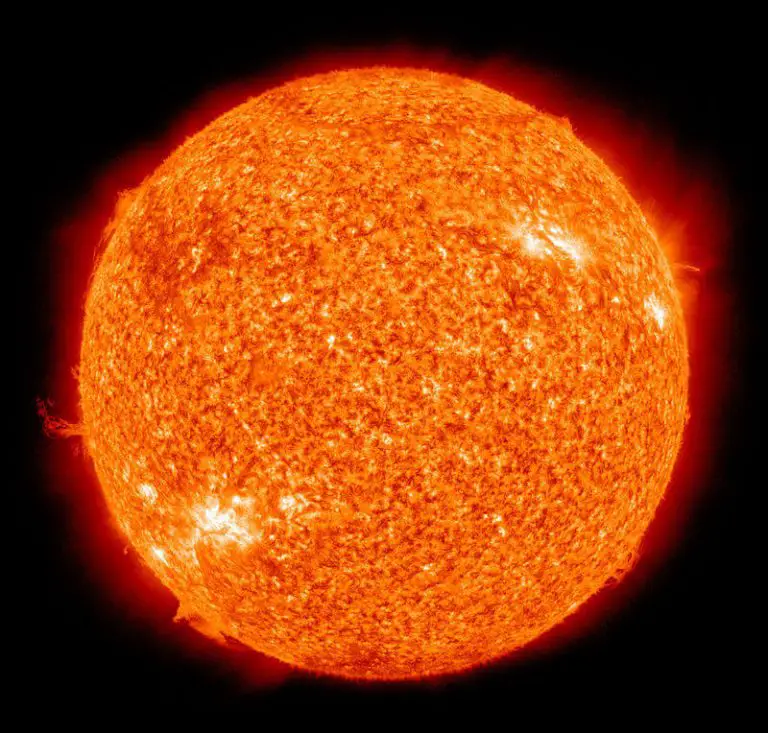
INTERESTING FACTS ABOUT THE SUN !!!
The most important aspect of the Sun is that it makes all life on Earth possible.
Without the Sun, Earth would be a frozen wasteland.
The Sun is responsible for our weather and climate.
The Sun is over 4.5 billion years old.
The Sun is shaped like a perfect sphere (circle).
On average, the Sun rotates on its axis once every 27 days.
The Sun is travelling at 220 km per second.
The Sun is made of hydrogen and helium gases.
The Sun is a star.
Our Sun is an averaged sized star. There are smaller stars and there are larger stars.
We are much closer to the Sun than any other star, and this is why we see the Sun as a big round ball in the sky.
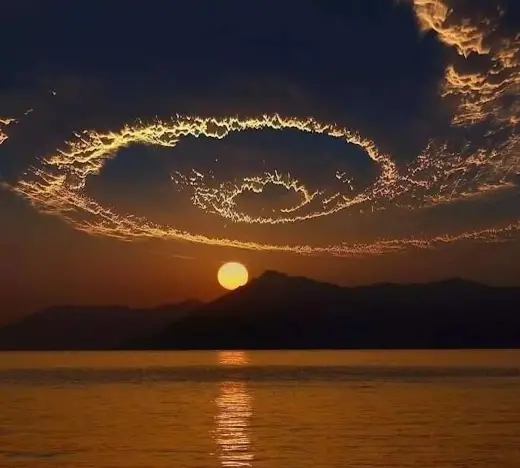
The Sun is located at the center of our solar system.
Many other solar systems have multiple Suns, while we just have the one.
Earth is the third closest planet to the Sun.
Earth is closest to the Sun every year in early January, and is furthest away in early July.
Like all stars, the Sun is an enormous ball of burning scorching gas.
The center of the Sun is called the core, and this is where gases burn like an enormous furnace. It’s the hottest part of the Sun.
The center of the Sun is like a giant bomb that never stops exploding.
At the surface of the Sun, gas leaps up in bright bursts called solar flares. It’s like looking at a big massive firework display.
The solar flares on the surface of the Sun can send blast waves into space, which can damage satellites, and even cause power cuts on Earth.
It takes about eight minutes for the Suns light to reach Earth. This is known as the speed of light.
When the Moon passes between the Sun and Earth, a solar eclipse takes place. It casts a shadow on parts of our planet, as the Moon stops the Suns light from reaching us.
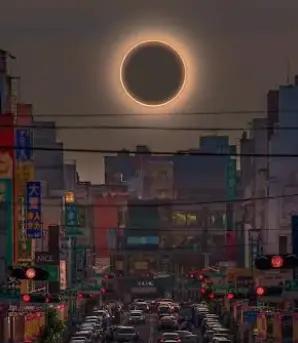
During the day it’s dangerous to look directly at the Sun. It’s so bright that it can damage your eyes very easily. The best way to watch the Sun is when it rises in the morning, and when it sets in the evening.
The Sun always rises in the east and sets in the west.
Earth rotates towards the east, and that’s why the Sun, Moons, planets, and stars all rise in the east and move westward across the sky.
The Sun is so big that over one million Earth’s could fit inside it.
The mass of the Sun is approximately 333,000 times greater than that of Earth.
The Sun is 864,400 miles (1,391,000 kilometers) in diameter.
Earth’s average distance from the Sun is around 93 million miles (150 million km).
The distance from Earth to the Sun is called an astronomical unit.
The Sun’s gravity holds the solar system together, keeping everything in their orbits, from the biggest planets to the smallest particles.
The Sun is at the center of a neighborhood of planets, called the solar system. Earth is one of eight planets in the solar system that makes a special journey called an orbit, around the Sun.
The order of the planets in the solar system, starting nearest the Sun and working outward is: Mercury, Venus, Earth, Mars, Jupiter, Saturn, Uranus and Neptune.
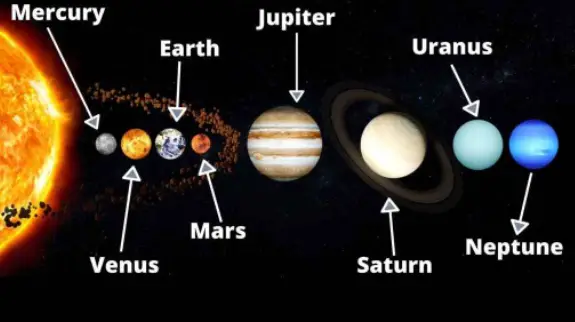
Pluto was once considered the 9th planet of the solar system. In 2006, it was downgraded from a planet to a dwarf planet by the International Astronomical Union (IAU), because it could not meet the three criteria the IAU uses to define a full sized planet.
The downgrading of Pluto outraged many in the scientific community.
Moons orbit planets and the planets orbit the Sun.
The gravity of the Sun keeps all the planets in their orbit, just like the planets gravity keeps Moons in their orbit.
Gravity is the invisible pulling force that works in space. Earth’s gravity is what keeps us on the ground.
An orbit is a journey/path that an object takes in space. For example, stars, planets, moons, asteroids or spacecrafts.
All the planets orbit or travel in the same direction around the Sun, but at different speeds.
A planets year is the time it takes to orbit around the Sun. The further a planet from the Sun, the longer the orbit will be. So planets with the longest orbits have the longest years.
A planets day is the amount of time it takes to completely spin around and make one full rotation.
All the planets spin or rotate as they travel on their orbits around the Sun, although each one spins at different speeds.
While Jupiter is the largest planet in our solar system, it turns the fastest, doing one rotation in ten hours. Earth rotates once every 23.93 hours (one day).
The planets nearest to the Sun travel a lot faster than those that are further away.
The Sun is eight light minutes from Earth, which means that the light we see from the Sun, actually left eight minutes ago.
One day the Sun will die, possibly not for another five billion years or so, and when it does, Earth will go with it.
Most cases of skin cancer are caused by Ultraviolet (UV) radiation, which are invisible rays that are part of the energy that comes from the Sun.
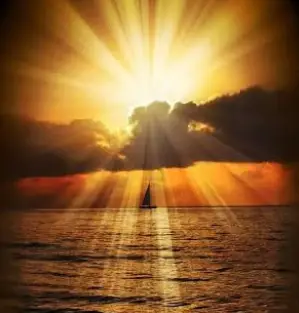
UV radiation is made up of three types of rays: ultraviolet A (UVA), ultraviolet B (UVB), and ultraviolet C (UVC).
Many ancient cultures presumed the Sun was a god.





